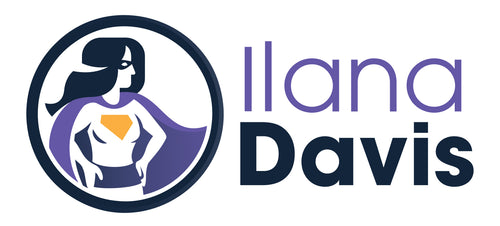Does my website have to be compliant with ADA
Published: April 15, 2019
Here’s the tl;dr version. YES!
Ok, now more explanation.
I recently saw a Shopify Partner ask in a Facebook group if their merchants need to be concerned about the ADA (American with Disabilities Act) for their e-commerce store. The Shopify Partner asked if merchants should be “worried for inspections” and “is accessibility a ‘thing’ now”.
The ADA was established in 1990, long before businesses functioned online as we know it today. It was designed so that if a person with a disability wanted to physically come into your brick and mortar store, they could without issue. The law states that businesses with at least 15 full-time employees that operate for 20 or more weeks every year are covered by the law.
Online merchants assume the law does not apply to them because they are often well under the 15 employee minimum.
This is completely misleading and highly inaccurate. You can and will be held accountable for not having an accessible website regardless of the number of full-time employees.
Because the law went into effect long before online businesses, there is no mention of the term Web Accessibility.
Web accessibility is a term that means websites, tools, and technologies are designed and developed so that people with disabilities can use them.
Let me be very clear. Accessibility is ‘a thing’ and absolutely should be considered for all websites. Not just because a merchant can be subject to the ADA or because it’s the right thing to do. If nothing else, for this simple and incredibly important reason.
When you ignore accessibility, you are ignoring revenue!
Accessibility doesn’t always mean users are blind or hearing impaired. What if a customer is color blind and can’t distinguish between certain variant colors? Or do they have severe migraines where parallax images make them dizzy and can’t look at your product images? Or they use 200x zoom on their computer so they can see 12px font.
Shopify announced in early 2019 that they will take significant efforts to improve accessibility issues surrounding the Shopify platform, themes, apps, and other aspects of the ecosystem. Not doing this from the beginning is a huge miss, but any progress is better than nothing I suppose.
Web Content Accessibility Guidelines (WCAG) 2.0 has been accepted as the standard for international accessibility. There’s been talk of WCAG 3.0, but that has yet to be fully adopted as of early 2022.
Now the other part of the Shopify Partners question was if merchants should be “worried for inspections” and that’s a bit harder to answer. I think everyone is subject to inspections so you should treat your website as such.
There has been a lot of publicity over the years on websites that have been through litigation. Organizations such as Dominos and Beyonce’s Parkwood Entertainment got hit hard in early 2019 and set the example for websites to come.
This does not mean that you must be a large organization to be sued. Only the well-recognized brands will reach a media frenzy so it’s important to take steps now that move you in the right direction. Plenty of stores from Shopify Basic to Shopify Plus has received letters from attorneys.
Here are a few quick things that you can do today that doesn’t require you to be a developer.
- Body fonts should be similar to Helvetica Neue, Playfair, PT Sans, Lato, Roboto, and Montserrat.
- Body copy should be at least 16px though I usually aim for 18px.
- Avoid body content in light colors.
- Use a high color contrast ratio with text for readability such as almost black text with an almost white background or vice versa.
- Line spacing should be 1.5.
- Always add alt text to images.
- White space is your friend.
- If you must use a video, add closed caption and turn off autoplay.
As of the publishing of this article, I don’t know of a specific Shopify theme that is fully accessible and it is not possible to be 100% accessible. However, I do know that the Shopify UX team has, and continues to, put a lot of effort into accessibility. The Dawn theme is one I highly recommend if accessibility is important to you. It has its limitations, but it works.
Take a look at your site. Do you hit the mark with all of these easy ways to improve accessibility for your site? If not, get to it!
JSON-LD for SEO
Get more organic search traffic from Google without having to fight for better rankings by utilizing search enhancements called Rich Results.




